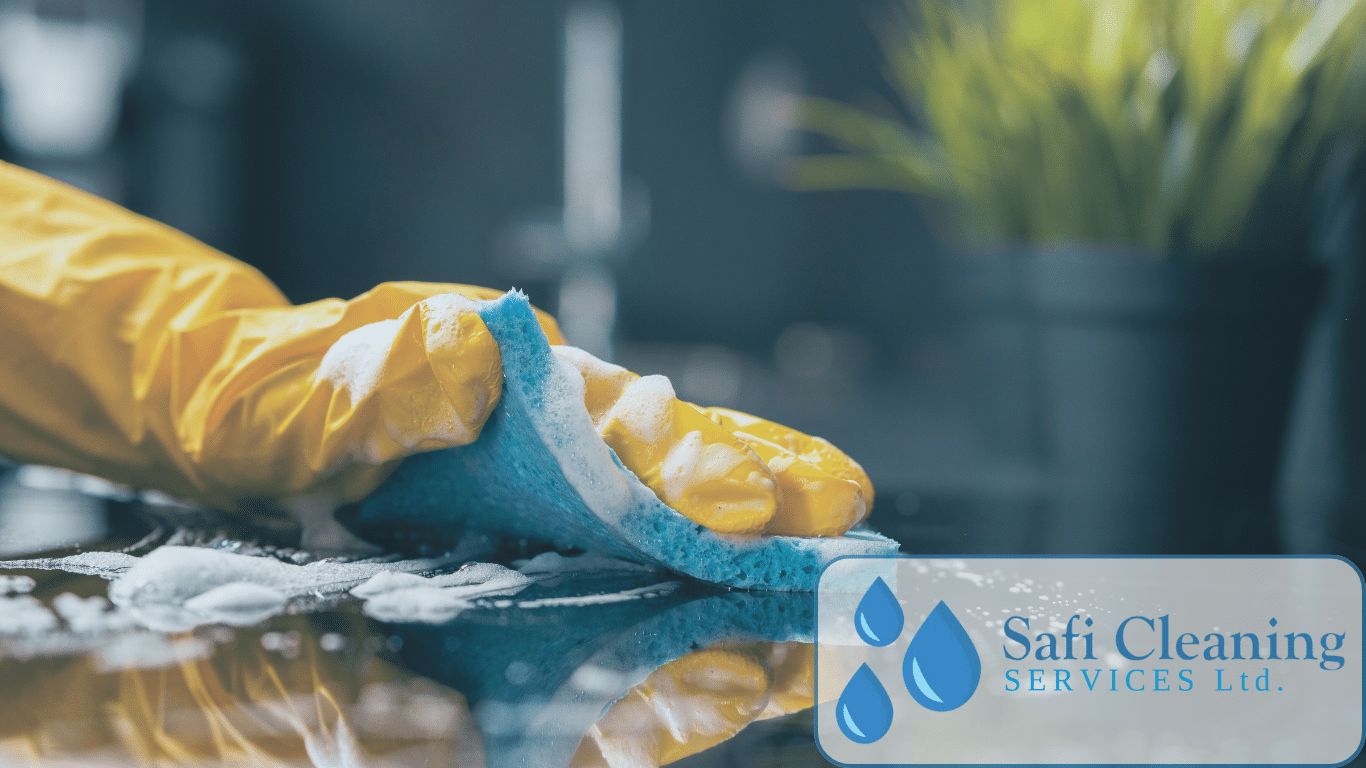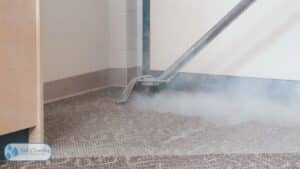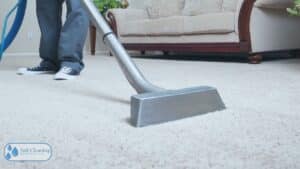The Importance of Indoor Air Quality
We spend 90% of our time indoors, yet indoor air can be up to 5 times more polluted than outdoor air. With every breath we take, we inhale a complex mixture of gases, particulates, and biological materials that can have profound impacts on our health and well-being. Poor indoor air quality has been linked to headaches, fatigue, trouble concentrating, irritated eyes, runny noses, and even heart disease and cancer. Given how much time we spend inside our homes, schools, and workplaces, it’s critical that we pay attention to indoor air quality.
Children are especially vulnerable to indoor pollutants since their respiratory systems are still developing. Exposure to substances like mould, pet dander, and secondhand smoke puts them at higher risk for developing asthma and allergies. Adults with pre-existing conditions like COPD also suffer more when indoor air is contaminated. Even healthy individuals experience reduced productivity and cognitive function when indoor pollutants accumulate.
The good news is that simple steps like vacuuming frequently, using green cleaning products, and ensuring proper ventilation can dramatically improve indoor air. Small investments like air purifiers and dehumidifiers further protect indoor environments. By being mindful of indoor air quality, we can breathe easier knowing our health is not being compromised within the very spaces where we spend most of our lives.
The Impact of Indoor Pollution
Indoor air pollution poses a significant yet often overlooked threat to our health and well-being. The sources of indoor pollutants are diverse, ranging from mould and dust to chemicals from household products and building materials. Understanding where these pollutants come from is the first step to reducing their impact.
Dust, Pet Dander, and Mold
Dust that accumulates from indoor and outdoor sources contains particulate matter such as pollen, skin cells, fabric fibres, and soil particles. Many common allergens like dust mites and pet dander also collect in house dust. Allowing dust to build up introduces these allergens and particles into the air we breathe. Mould growth, often a result of excess moisture, releases spores and mycotoxins that can irritate the lungs. Regular cleaning and ventilation can help control these biological pollutants.
Household Products and Building Materials
Certain chemicals emitted from household cleaners, air fresheners, paints, varnishes and other common products have been associated with asthma, allergies and other health effects. VOCs like formaldehyde released from manufactured wood products and furniture can accumulate in indoor air. Properly ventilating while using products and opting for low-VOC alternatives can reduce exposure.
Combustion Byproducts
Gas stoves and appliances that burn fuel release pollutants like nitrogen dioxide, carbon monoxide, and particulate matter. Tobacco smoke also introduces many toxic chemicals.
The range of indoor pollutants is vast, but being aware of major sources is the first step towards creating healthier indoor spaces. Proper ventilation, filtration, and contaminant control are key to reducing the health risks these pollutants pose over time.
How Regular Cleaning Helps Improve Indoor Air Quality
One of the most effective ways to improve indoor air quality is through source control – reducing the amount of pollutants that accumulate in your home. Simple cleaning habits can significantly cut down on dust, pet dander, mould spores, and other irritants. Here are some tips for cleaning strategically to enhance your indoor environment:
Control Dust Buildup
Dust that gathers on surfaces can circulate back into the air and cause issues for allergy sufferers. Be diligent about dusting furniture, ceiling fans, baseboards, and other places where dust collects. Use a microfiber cloth that attracts and traps dust particles rather than scattering them. Vacuum carpets, rugs, drapes, and upholstered furniture regularly using a vacuum with a HEPA filter.
Remove Pet Dander
Pets produce dander (skin flakes) that can irritate respiratory systems. Frequently wash pet bedding and vacuum upholstery where pets sleep. Use HEPA air purifiers in rooms pets frequent. Wash pets regularly to control dander production. Brush pets outdoors to avoid scattering hair and dander indoors.
Prevent Mold Growth
Mould spores thrive in damp areas like bathrooms and basements. Routinely clean and disinfect showers, sinks, and other moist surfaces. Fix any leaks promptly and use fans or dehumidifiers to reduce indoor humidity below 50%. Clean small mould outbreaks immediately with detergent and water, let the area dry completely and consider using a mould-killing primer before repainting.
Additional Source Control Strategies
Other ways to reduce indoor pollutants at the source include:
- Using stove vent hoods when cooking and keeping gas stove burners properly adjusted for complete combustion.
- Sealing or enclosing sources like fireplaces, furnaces, and water heaters to prevent emissions from infiltrating living spaces.
- Choosing low-VOC paints, finishes, adhesives, and other products.
- Storing paints, solvents, cleaners, and other chemicals in a detached shed or garage.
With some diligent cleaning habits and minor adjustments, you can dramatically cut down on indoor pollutants. This source control approach is the most effective way to enhance your indoor air quality.
Benefits of Clean Indoor Air
Breathing clean indoor air provides numerous health benefits for people of all ages. Studies show that improved indoor air quality can lead to better overall wellness, enhanced cognitive function, and a lower risk of developing respiratory illnesses and allergies.
Boosts Overall Health and Well-Being
Exposure to indoor pollutants like dust, mould, and chemicals from cleaning products can irritate the eyes, nose, throat, and lungs. This causes inflammation that stresses the body. Cleaner air reduces inflammation, allowing the body to function optimally. Research indicates that clean indoor environments promote healthier immune systems, improved cardiovascular health, and better sleep quality.
Enhances Productivity and Cognitive Function
Indoor air pollution negatively impacts focus, problem-solving, and decision-making. Cleaner air improves cognition and productivity by increasing oxygen supply to the brain. Studies show that better indoor air quality results in enhanced mental performance, ability to concentrate, and work efficiency. Workers in environments with cleaner air also take less sick leave.
Lowers Risk of Respiratory Illnesses and Allergies
Dust mites, mould spores, pet dander, and other allergens commonly trigger asthma attacks and allergic reactions. Cleaner air significantly decreases exposure to these environmental triggers. It also reduces airborne transmission of illnesses like colds, flu, and COVID-19. People who breathe cleaner indoor air have fewer asthma flare-ups, allergic symptoms, and respiratory infections.
Conclusion
After exploring the importance of indoor air quality and the benefits of regular cleaning, it’s clear that prioritising clean indoor air should be a top concern for everyone. The accumulated research makes an irrefutable case for how poor indoor air quality can negatively impact our health, well-being, productivity, and quality of life.
The good news is that with consistent effort, we can dramatically improve the air we breathe indoors. Simple habits like regular vacuuming, dusting, and changing air filters can reduce dust, dander, and other pollutants. Properly using and maintaining gas stoves, heaters, and fireplaces also helps. For more thorough cleaning, consider hiring professional cleaners like Safi Cleaning Services.
We only get one set of lungs, so let’s treat them right! Here are some suggested action steps:
- Implement a weekly cleaning routine – even 10 minutes a day makes a difference!
- Change out air filters every 3 months.
- Vacuum upholstered furniture and drapes regularly.
- Use green cleaning products to avoid adding new toxins.
- Consider a high-quality air purifier for your home.
- Hire duct cleaning services every 3-5 years.
With a little diligence, we can breathe easier knowing our indoor air is fresh and clean. Our health is worth the effort. Through simple, consistent cleaning habits, we can remove harmful pollutants and breathe in the benefits of better indoor air quality every day!




